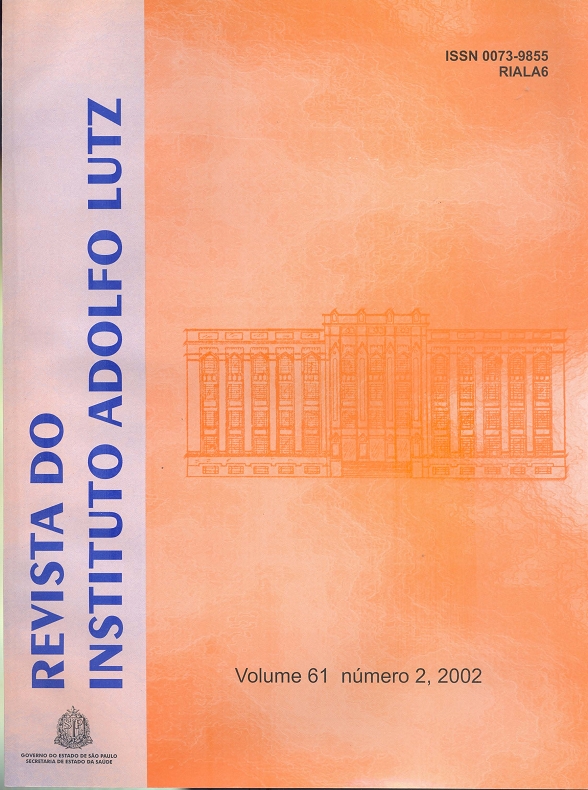Abstract
Spices and their derivatives have been used in food housekeeping for thousands of years, bringing about differentiated flavor and aroma. Inhibitory action of the spices and their extracts on the different microorganisms has been reported. The objective of this work was to evaluate the antibacterial action of the ground black pepper (Piper nigrum L.) and of its essential oil on Salmonella Rubislaw strain culture. The effect of the pepper and its oil addition in culture medium was evaluated in two experiments.
In the first one two types of solid culture medium had been prepared, one with 1% of ground black pepper and the other with 1% ethanol oil solution, added to broth tripticase soy (TSB) and agar. Sowings of dilutions (10-1 up to 10-7) of the Salmonella strain, in stationary phase had been made in agar surface. After incubation at 35ºC for 24/48h, standard count method was carried out. In a second experiment, 1mL of the same strain dilution 10-3, in stationary phase, was added to 100ml of TSB with the oil diluted in ethanol, to
a final concentration of 100µg/mL. Standard count was carried out after 24h of incubation at 35ºC. The results gotten in the experiments...
References
1. Beuchat, L.R. Sensitivity of Vibrio parahaemolyticus to spices and organic acids. J. Food Sci. 41:899-902,1976.
2. Deans,S.G.; Ritchie, G. Antibacterial properties of plant essential oils. Int. J. Food Microbiol. 5:165-180,1987.
3. Dorantes, L. et al. Inhibition of growth of some foodborne pathogenic bacteria by Capsicum annum extracts. Int. J. Food Microbiol. 57:125-128,2000.
4. Farag, R.S. et al. Antimicrobial Activity of Some Egyptian Spice Essential Oils. J. Food Protect. 52 (9):665-667, 1989.
5. Ferreira, S.R.S. et al. Supercritical fluid extraction of black pepper (Piper nigrun L.) essential oil. J. Superc. Fuids 14:235-245, 1999.
6. Ismaiel, A.; Pierson, M.D. Inhibition of Growth and Germination of C. botulinum 33A, 40B, and 1623E by Essential Oil of Spices. J. Food Sci. 55(6): 1676-1678,1990.
7. Juven, B.J. et al. Factors that interact with the antibacterial action of thyme essential oil and its active constituents. J. Appl. Bacteriol. 76:626-631,1994.
8. Kim, J.M. et al. Antibacterial Activity of Carvacrol, Citral, and Geraniol against Salmonella typhimurium in Culture Medium and on Fish Cubes. J. Food Sci. 60(6):1364-1368,1995.
9. Ouattara, B. et al. Antibacterial activity of selected fatty acids and essential oils against six meat spoilage organisms. Int. J. Food Microbiol. 37:155-162,1997.
10. Sivropoulou, A. et al. Antimicrobial and cytotoxic activities of Origanum essential oils. J. Agric. Food Chem. 44:1202-1205,1996.
11. Swanson, K.M.J. et al. “Colony count methods”. In: Vanderzant, C. & Splittstoesser, D.F., ed. Compendium of Methods for the Microbiological Examination of Foods, Washington, D.C.; 1992, p.75-95.

This work is licensed under a Creative Commons Attribution 4.0 International License.
Copyright (c) 2002 Revista do Instituto Adolfo Lutz
